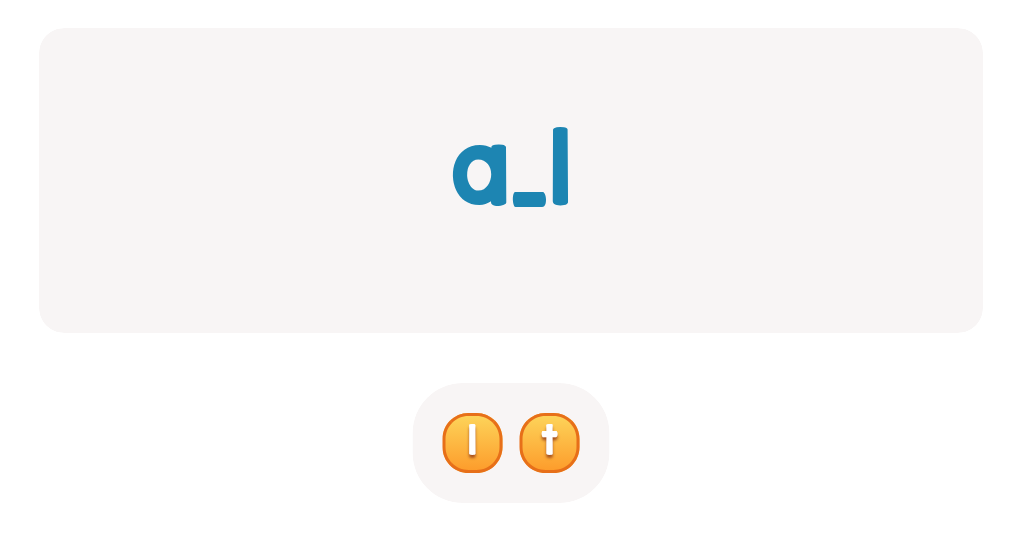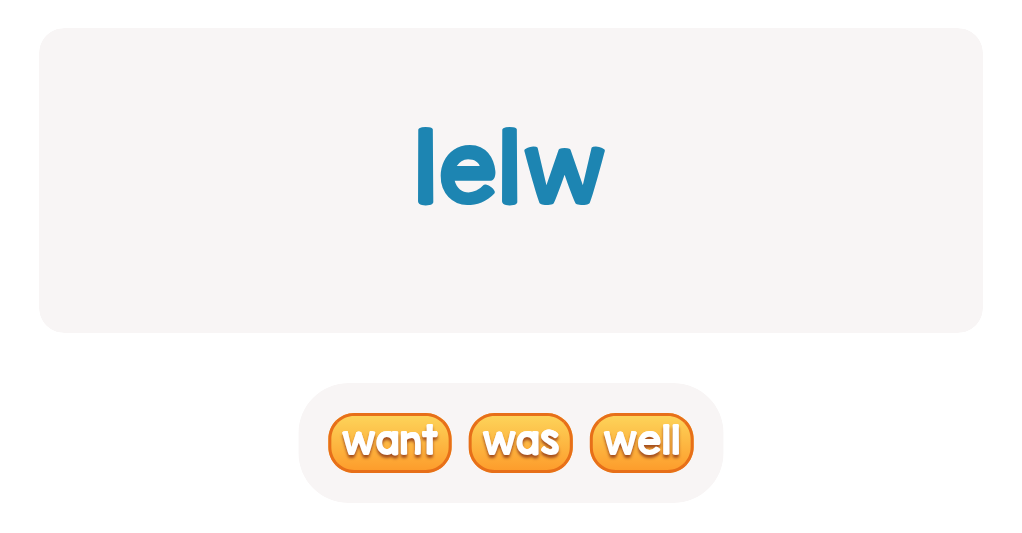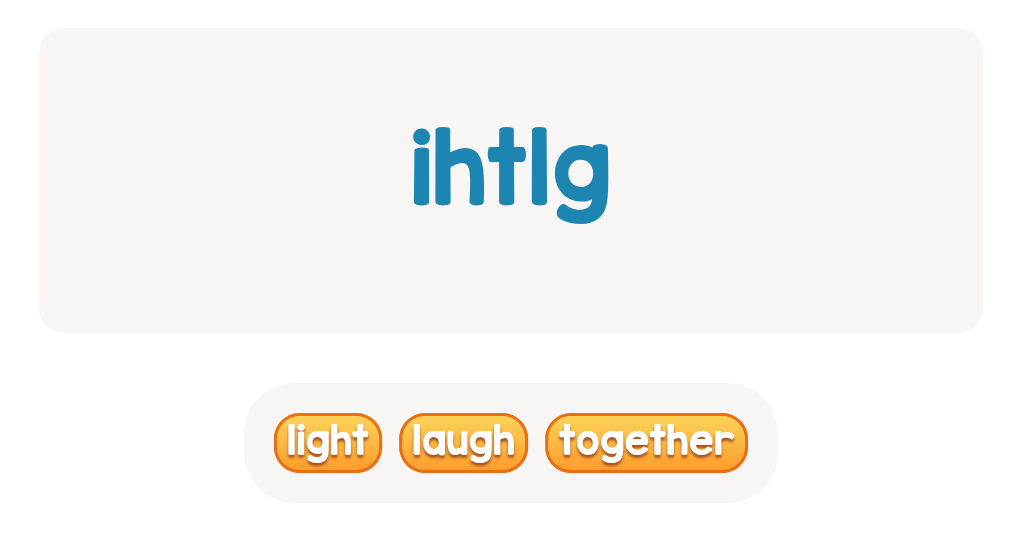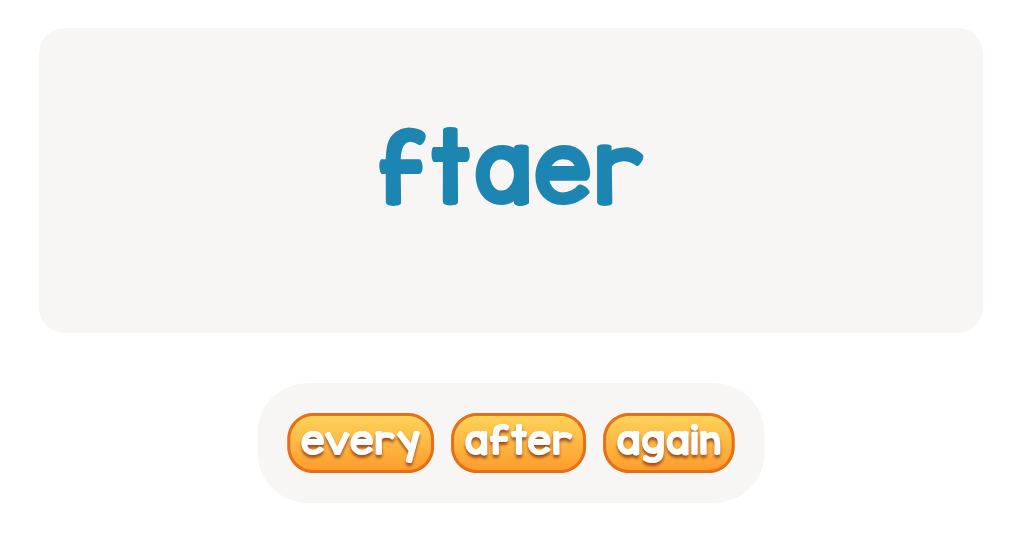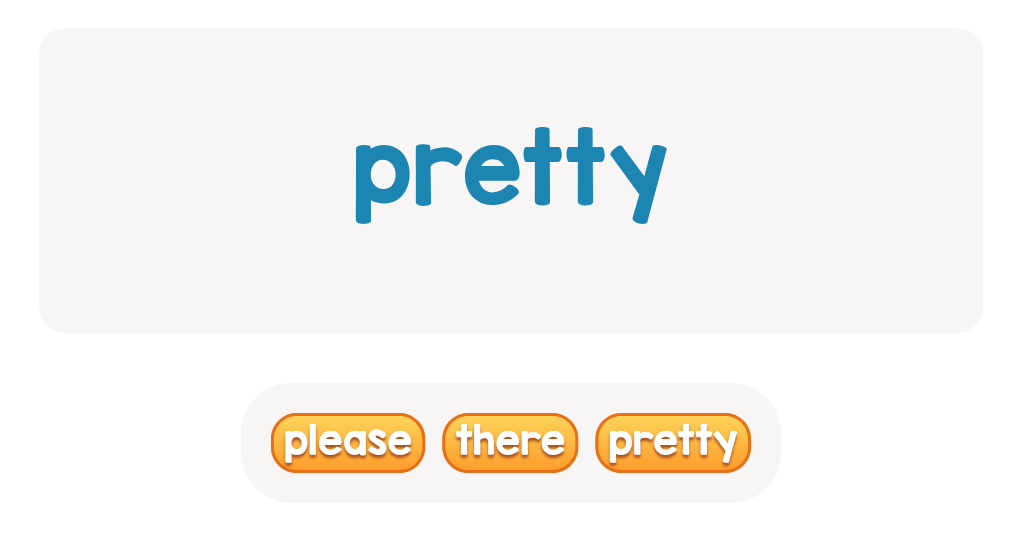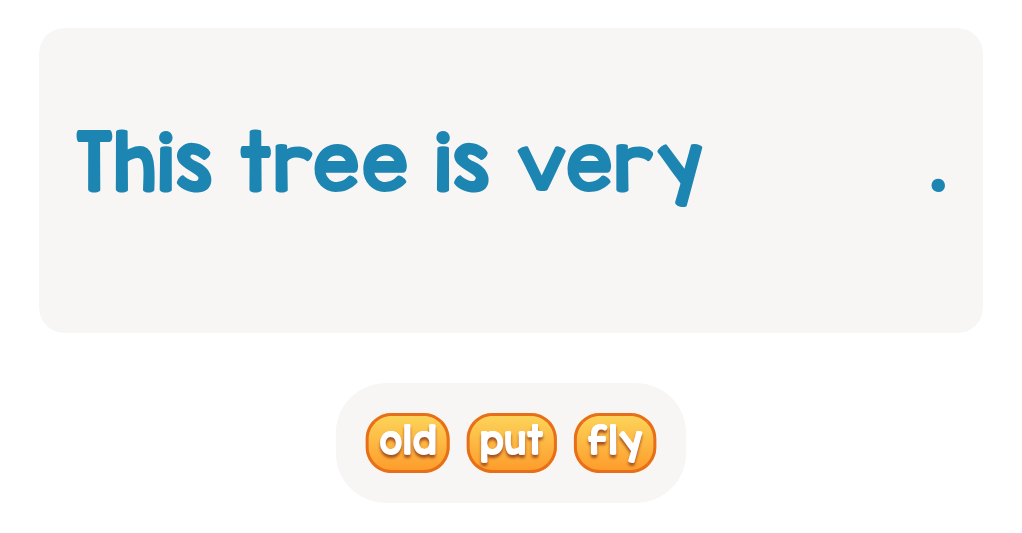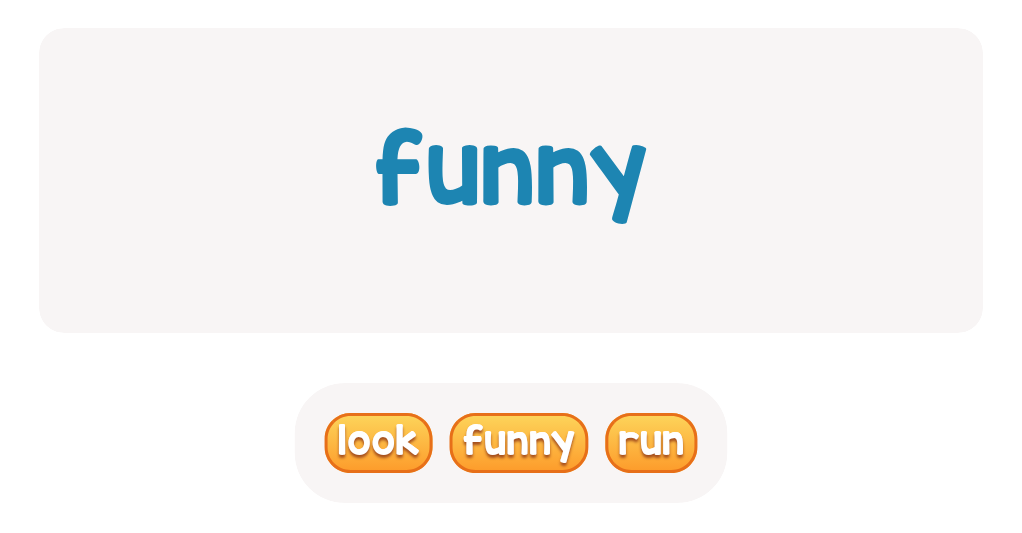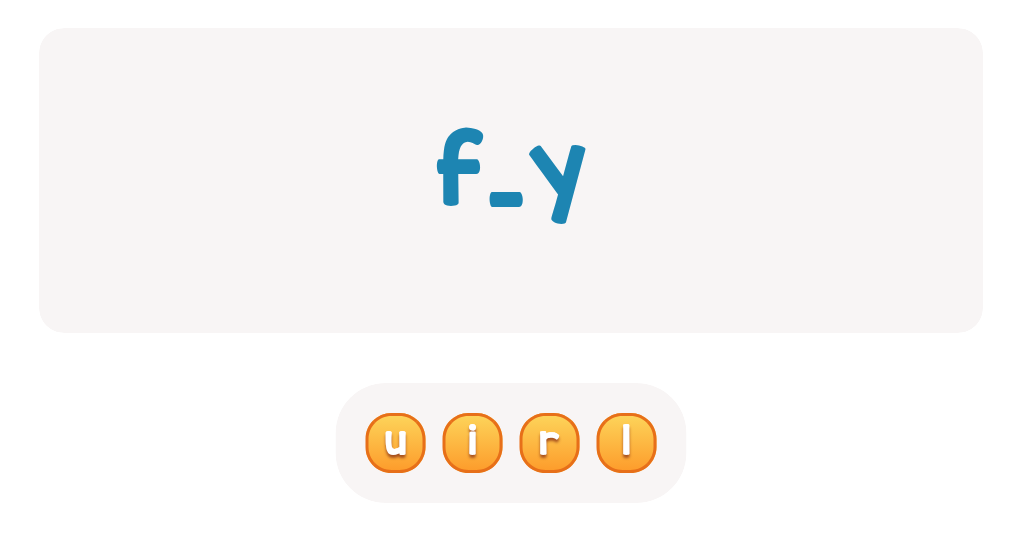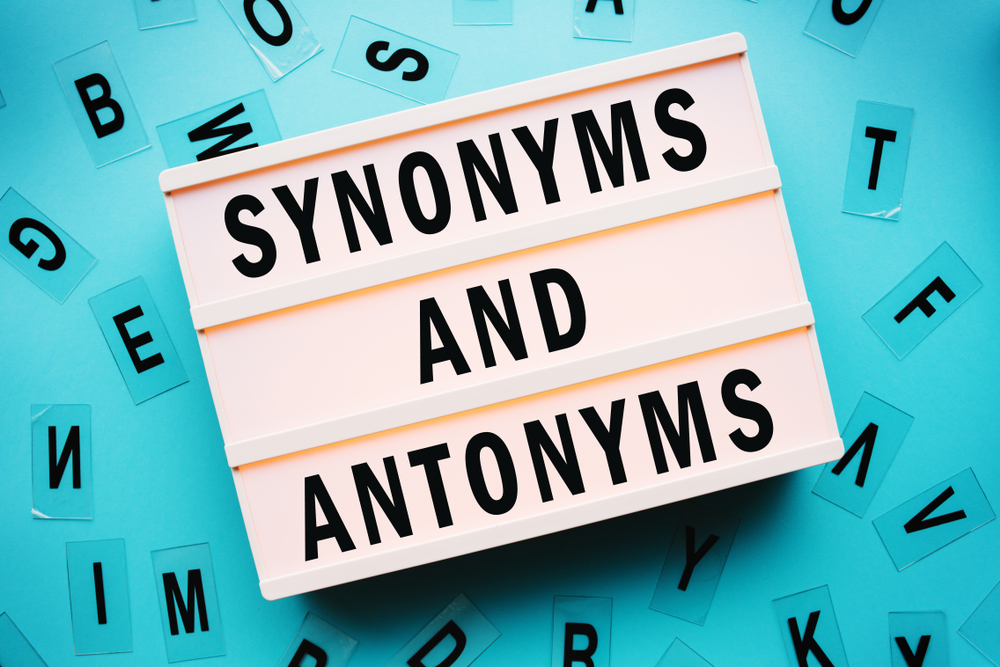Story sequencing Building Vocabulary Worksheets for Ages 3-6
3 filtered results
-
From - To
Enhance your child’s reading and vocabulary skills with our engaging Story Sequencing Building Vocabulary Worksheets, designed specifically for ages 3-6. These interactive resources foster critical thinking and comprehension by allowing young learners to arrange story events in a logical sequence. Each worksheet provides colorful illustrations and relatable scenarios, making learning fun and effective. As children practice putting stories in order, they not only build vocabulary but also develop creativity and storytelling abilities. Perfect for both classroom and home use, these worksheets aid in laying a strong foundation for lifelong literacy skills. Start your child's adventure in learning today!
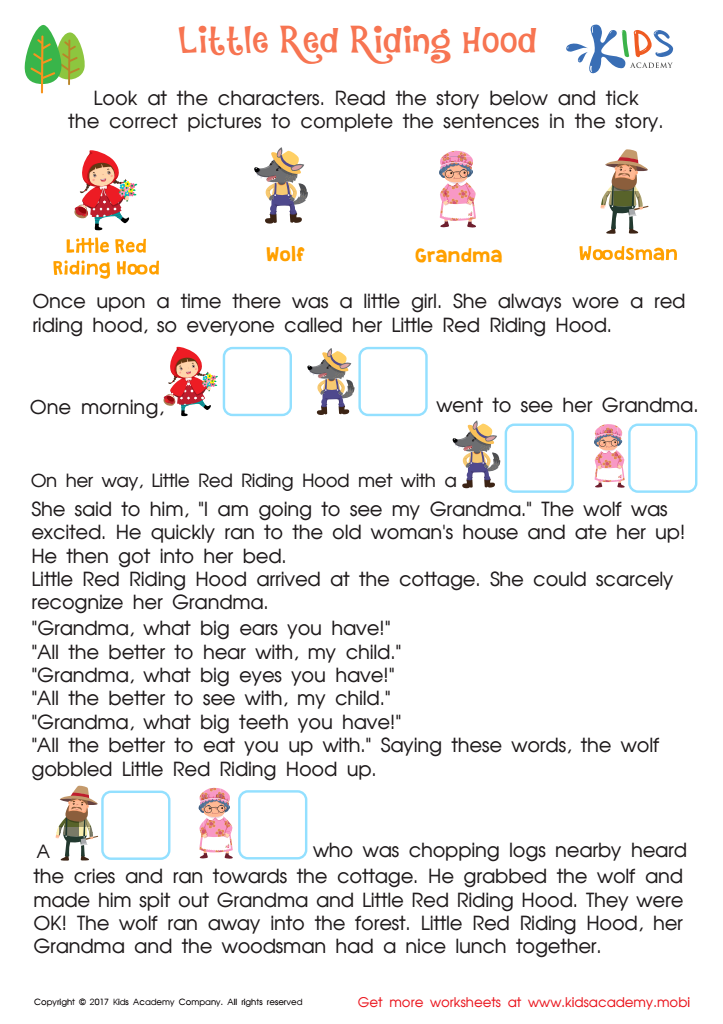

Little Red Riding Hood Printable
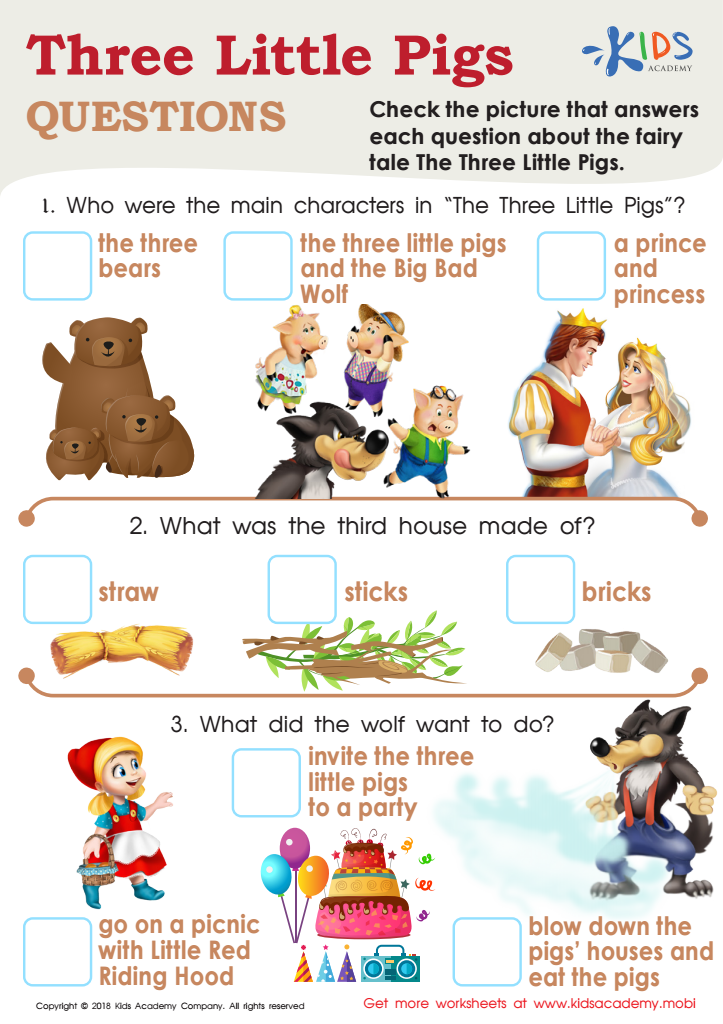

Three Little Pigs Questions Worksheet
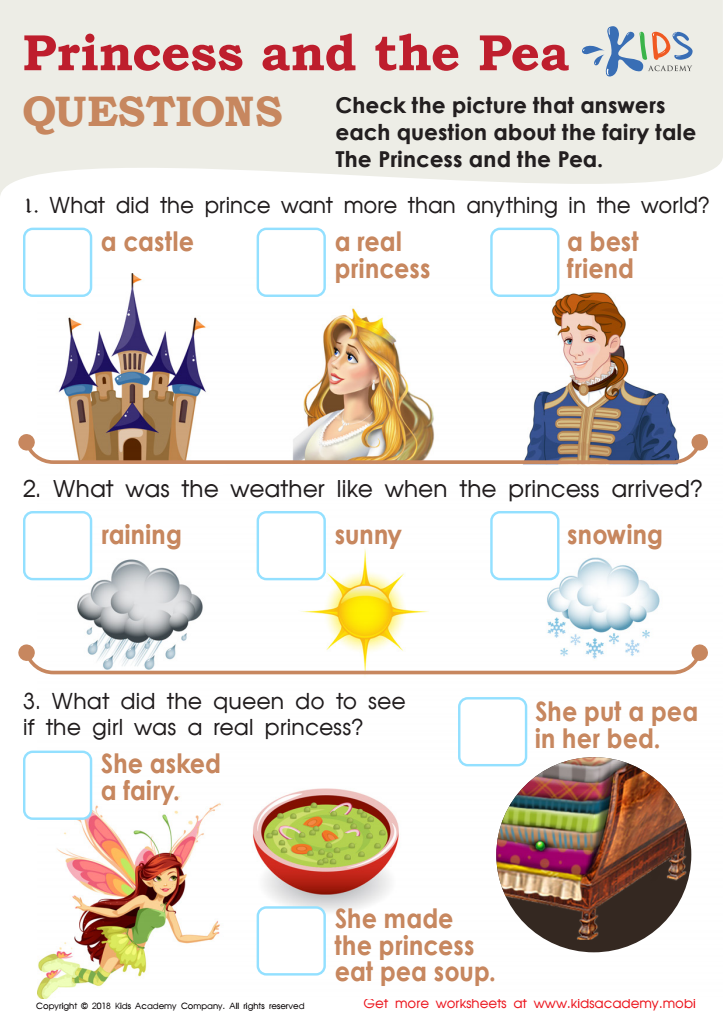

Princess and the Pea Questions Worksheet
Story sequencing and vocabulary building are crucial components of early childhood education for children ages 3-6. At this stage, children's brains are highly receptive to new information, making it an ideal time to develop foundational literacy skills.
Story sequencing helps children grasp the concept of narrative structure, enabling them to understand stories in a cohesive manner. By recognizing the order of events, they enhance their comprehension abilities, which leads to improved listening and critical thinking skills. This process encourages logical thinking as they learn to identify beginnings, middles, and ends in stories, fostering cognitive development.
Building vocabulary is equally vital; the size of a child’s vocabulary at age 5 is a strong predictor of their academic success later on. Engaging children in discussions about stories introduces new words and phrases, expanding their expressive language skills. Moreover, rich vocabulary exposure allows children to articulate feelings and ideas more effectively.
For parents and teachers, investing time in activities that promote story sequencing and vocabulary can cultivate a love for reading, enhance communication skills, and lay the groundwork for academic achievement. These skills are not only essential for literacy but also essential for better social interactions and problem-solving abilities.

 Assign to My Students
Assign to My Students
